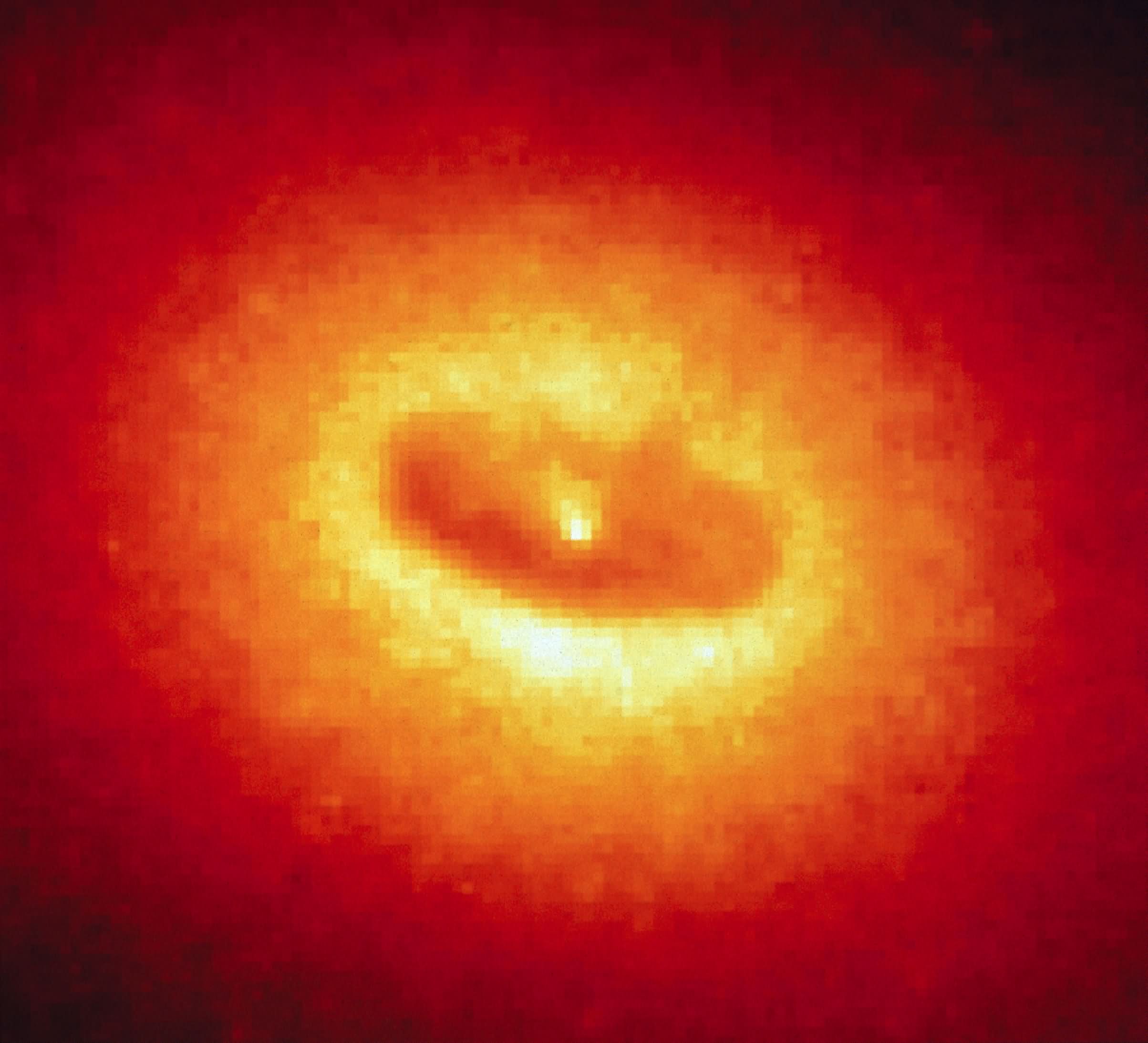



ASTR 452 is part of the core curriculum for astrophysics PhD students at Rice, along with ASTR 451 (Astrophysics I: Sun and Stars). Together they provide a year-long grounding in the branch of physics that deals with celestial objects and the distant Universe, serving as essential preparation for all budding professional astronomers and astrophysicists. The courses may be taken in either order, and can be supplemented by more specialist courses at Rice such as ASTR 470 (Solar System Physics), ASTR 555 (Protostars and Planets) and ASTR 565 (Compact Objects). It is taught at the graduate level, and therefore for undergraduate astrophysics majors it serves as a rite of passage into possible future graduate studies.
ASTR 452 covers fundamental astrophysical concepts related to the study of galaxies of various kinds, the large scale structure of the Universe, and cosmology. The course begins with the cosmological principle, outlining the essential characteristics of cosmochronology and Newtonian cosmology. After a review of the essentials of general relativity, it thereafter moves to relativistic cosmology resulting from the Robertson-Walker metric. Implications of observations of the cosmic microwave background (CMB) radiation are discussed, highlighting the watershed results from the WMAP mission, and polarization of the CMB. This couples to other elements of observational cosmology, and focuses on the evidence for an accelerating universe and the presence of "dark energy" and dark matter. The course then explores the thermal history of the universe, primordial nucleosynthesis, the formation of large scale structure through generation of inhomogeneities, and provides a brief foray into the theoretical world of inflation.
The second component of the course starts with a detailed study of the structure and kinematics/dynamics of the Milky Way Galaxy, then progresses to outline key features of galaxies, both spirals and ellipticals, and a brief introduction to galactic evolution and star formation history. The course also addresses extragalactic distance scales, and larger structures, specifically clusters of galaxies. Exotic constituents of the distant universe are then studied, specifically active galaxies, including blazars and quasars, and the unification scheme for such energetic systems that are powered by supermassive black holes that have recently been imaged in the case of M87. Probes of intergalactic matter and fields are discussed, as is evidence for non-baryonic dark matter.
ASTR 452 uses concepts about stellar physics that are covered in basic astronomy courses such as ASTR 350. It is expected that students will familiarize themselves early on in the semester with concepts such as stellar magnitudes, blackbody radiation and atomic spectral lines, stellar spectral classification and the Hertzsprung-Russell diagram. These topics are basic to various parts of the course and will be reviewed only briefly at appropriate junctures. For a more extensive outline of the material covered in the lectures, go to The Universe page.
Unfortunately, complete mathematical rigor is not possible, since the course is condensed into a single semester offering, rather than being formatted to assign cosmology/early Universe and extragalactic astrophysics/galaxies to distinct semester-long courses. However, I will endeavour to present as clear and complete a picture as possible given the time constraints of the course.

